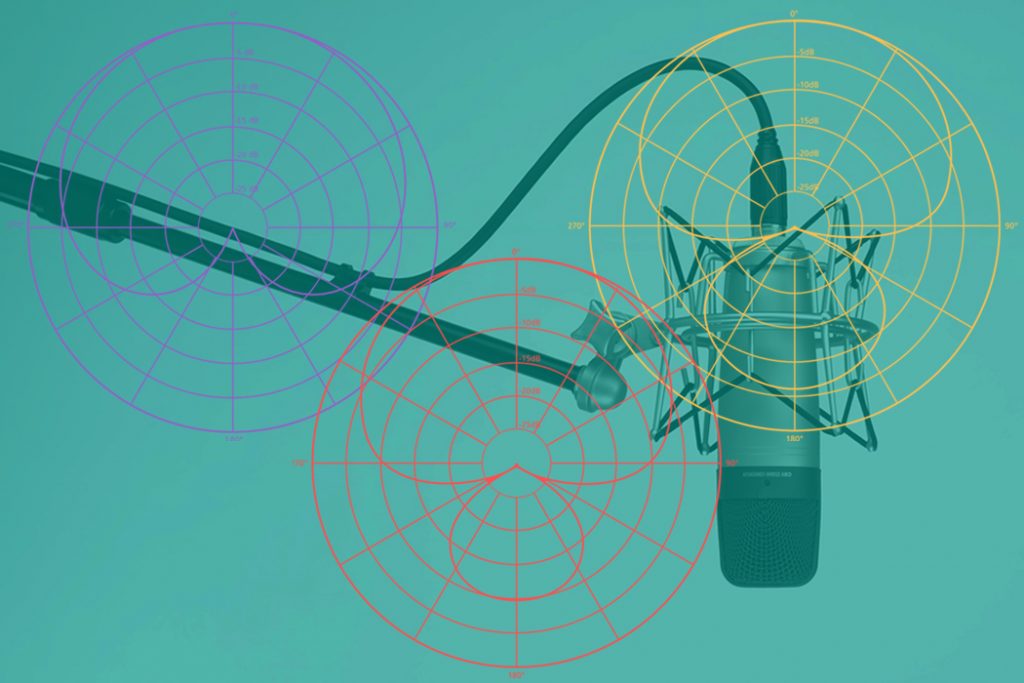+ Create and arrange original, instrumental hip-hop music from sampling pioneer RJD2 in his Soundfly course, RJD2: From Samples to Songs.
Microphones, once highly specialized tools, are now used almost every day by almost everyone. The inexpensive mics in our phones, computers, and smart devices share a basic goal with the expensive mics in recording studios: to convert rapid changes in either air pressure or air velocity into a tiny AC voltage.
The mic in your phone, however, differs from the mics in a recording studio in several important ways — in fact, the various mics in the studio differ from one another in several important ways, and we’re going to break a few of these differences down here.
Let’s start with the basics, though: When you point a mic at something, what happens?
A Sense of Direction, Part 1: Under Pressure
Science: “Pressure at a point in a gas or liquid which is at rest will act equally in all directions.”
What that means for us: If a microphone responds to changes in atmospheric pressure, it will pick up sound equally from all directions. Most commonly, we call such mics omnidirectional (or “omni” for short). For reasons that may now be obvious, you’ll also sometimes see them referred to as pressure transducers.
Omnis generally employ some sort of membrane (or diaphragm) whose front side is exposed to open air, but whose rear is sealed*. When the pressure on the exposed side of the diaphragm is greater than the sealed side, the diaphragm is pushed inward. When the pressure on the exposed side is lower than the sealed side, the diaphragm is sucked outward. By mating this diaphragm to proper electronics, we can convert rapid atmospheric pressure variations (e.g., sound pressure waves) into electrical energy!
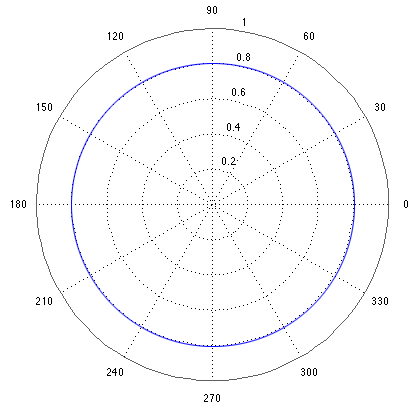
A Sense of Direction, Part 2: Speed of Life
But what if we don’t want to pick up sound from all directions? Sometimes it’s useful to be able to focus the pickup or reject unwanted sound. In these cases, we might wish to measure air velocity instead.
A velocity (or pressure-gradient) transducer uses a membrane (or ribbon) that’s exposed to the open air on both sides. Unlike an omni, there’s no fixed pressure at the rear. A velocity microphone, then, measures the rate at which pressure at its front and rear become equalized.
If that’s a blur, don’t worry. The crucial thing is this: Unlike a pressure microphone, if sound influences front and rear of a velocity mic equally, the membrane won’t move at all. This means sound moving parallel to the membrane (90 degrees off-axis) will be rejected, forming what’s called a null on either side of the element. Velocity microphones, for this reason, exhibit a bidirectional pickup behavior, often referred to as figure-of-eight.

A Sense of Direction, Part 3: Sons of the (Not So) Silent Age
If we were to marry a pressure transducer and a velocity transducer, what would their offspring look like? The mathematics are beyond our scope**, but combining omni and figure-of-eight in equal proportion creates a new pattern with a single null at the rear (180 degrees off-axis). This vaguely heart-shaped pattern, commonly called cardioid, is one of the most useful of all.
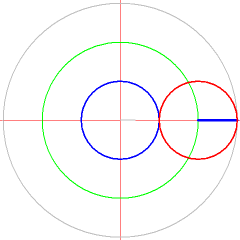
If we vary the proportion of omni and figure-of-eight from 1:1 (favoring one or the other by some amount), we can get some interesting and useful variations, loosely referred to as subcardioids, supercardioids, and hypercardioids.


Here’s an image of all of these patterns overlaid to show their varying pickup patterns. Something to be aware of in all non-omnidirectional microphones: As a side-effect of the directional behavior, a phenomenon called proximity effect creates a bass boost the closer you are to the mic.
Shapes of Things: Coils, Ribbons, and Condensers
The three most common microphone technologies are moving coil dynamic, ribbon, and condenser. Let’s break down the basics of each type and where they might be useful.
Moving-Coil Dynamic
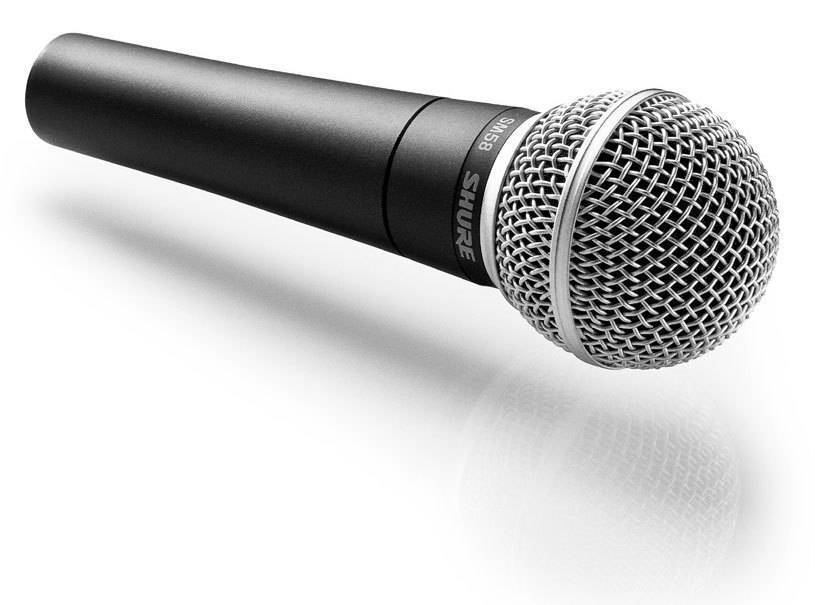
Often simply called dynamic mics for short, these microphones employ a tensioned diaphragm attached to a coil of wire that’s positioned near a permanent magnet. As the diaphragm is influenced by sound pressure, the coil moves in sympathy, interacting with the magnet’s flux. The properties of electromagnetism cause a tiny signal voltage to be generated within the coil of wire in proportion to the diaphragm’s movement.
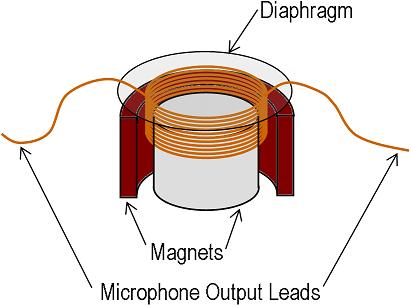
Moving-coil dynamic microphones have several advantages. Broadly, they’re both the least expensive and the most durable class of microphones, and this makes them well-suited for dangerous environments like live stages and the inside of kick drums. Most moving-coil dynamics can also tolerate very high sound pressure levels (SPL) without distortion or damage. They’re almost always completely passive — no internal electronics to fail or distort when things get loud!
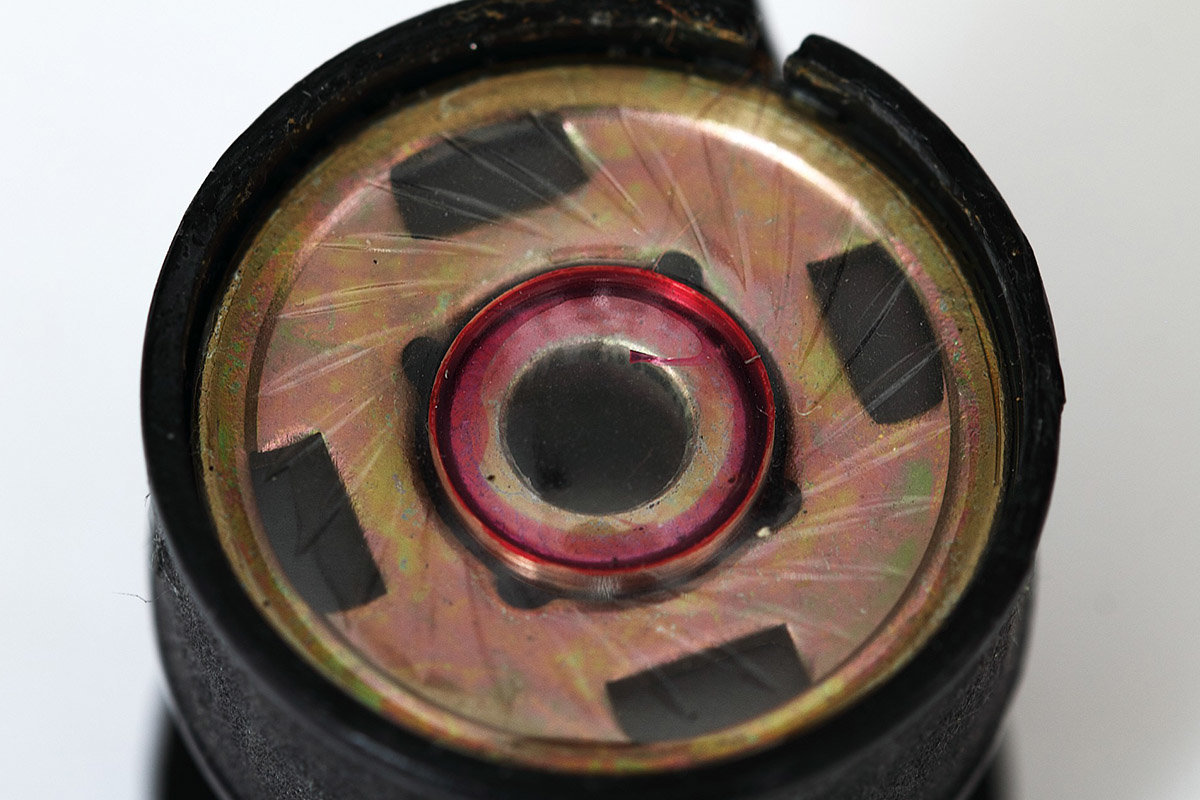
The mass of the coil assembly, however, influences the vibration of the diaphragm, restricting its frequency and transient response. A raw moving-coil element will usually also exhibit one or more resonant peaks or dips, and a series of design compromises is generally required to extend top end, attenuate the resonances, and flatten out the mic’s frequency response (sometimes with unintended consequences).
These attributes add up to a few disadvantages: Moving coil mics are not usually very sensitive, tend to operate best at close range, and don’t always have the prettiest sounding off-axis leakage.
Cardioid, hypercardioid, and omnidirectional moving-coil mics are all very common. In a moving-coil mic, a cardioid pattern is achieved via acoustic means. To create the rear null, some amount of sound pressure must be allowed to reach the rear of the diaphragm, and this is achieved through vents on the capsule’s sides. Restricting these vents by covering them will shift the mic’s pattern toward omni; this is why “cupping” a vocal microphone with your hands tends to cause feedback on live stages!
Examples
Popular cardioid moving-coil dynamics include the Shure SM57 and SM58, AKG D12, Sennheiser MD421, and countless others. The Beyerdynamic M88 and M201 are popular hypercardioids; the Electro-Voice 635 is an excellent omni. The Beyerdynamic M380 is one of the few common figure-of-eight moving coil dynamics.
Ribbon

Ribbon microphones are also dynamic microphones, but compared to a moving-coil mic, they cut out the middleman. Instead of a diaphragm and coil, they combine both into a very thin and lightweight conductive ribbon (usually made of aluminum) placed under light tension within a magnetic field. Ribbon microphones are arguably the simplest of all microphone technologies — the tensioned ribbon, a magnet, and a balancing transformer are all that is needed to create a functioning mic.
Ribbons have one chief advantage, and it’s a bit arcane: a tensioned ribbon’s behavior above its own resonant frequency is uniquely linear. This allows the ribbon itself to be tuned to a relatively low resonant frequency, below most audio of interest. The takeaway is this: A good ribbon will often exhibit a very natural, relaxed, and pleasing midrange and top-end character (and respond well to equalization).

The primary disadvantage is fragility. The ribbons themselves are typically delicate enough that even a slight air blast may destroy or stretch them. Particularly on many older ribbon mics, very high sound pressure levels can also cause distortion and harm to the ribbon element. Some ribbons (like the Beyerdynamic M160 and Royer R121), however, can withstand strong SPL without damage.
A video illustrating the manufacturing process of a Royer R-121 ribbon microphone.
Making matters even more difficult is that ribbons’ sensitivity also tends to be low, requiring a lot of gain from the preamp (which can cause noise floor issues under many circumstances). Some newer ribbon mic designs employ powerful neodymium magnets and alternative ribbon materials to address these disadvantages, but generally speaking, ribbons work best on sources that are loud enough to overcome the technology’s low sensitivity (but not so loud as to stress the ribbon). Distance and placement relative to the source can be key.
Although other patterns can be (and are) achieved, a ribbon in its natural state is inherently bidirectional. Multi-pattern ribbons exist; these allow the user to adjust various internal acoustic baffling to approximate omni and cardioid patterns.
Examples
The RCA 44BX, Coles 4038, Beyerdynamic M130 and Royer R121 are bidirectional ribbons. The RCA 77D and 77DX are multi-pattern, though they tend to be most prized in their natural bidirectional configuration. The RCA KU-3A and Beyerdynamic M160 are cardioid and hypercardioid respectively. Although some multi-pattern ribbons can approximate an omni characteristic, there are no dedicated omnidirectional ribbons in common use.
Condenser
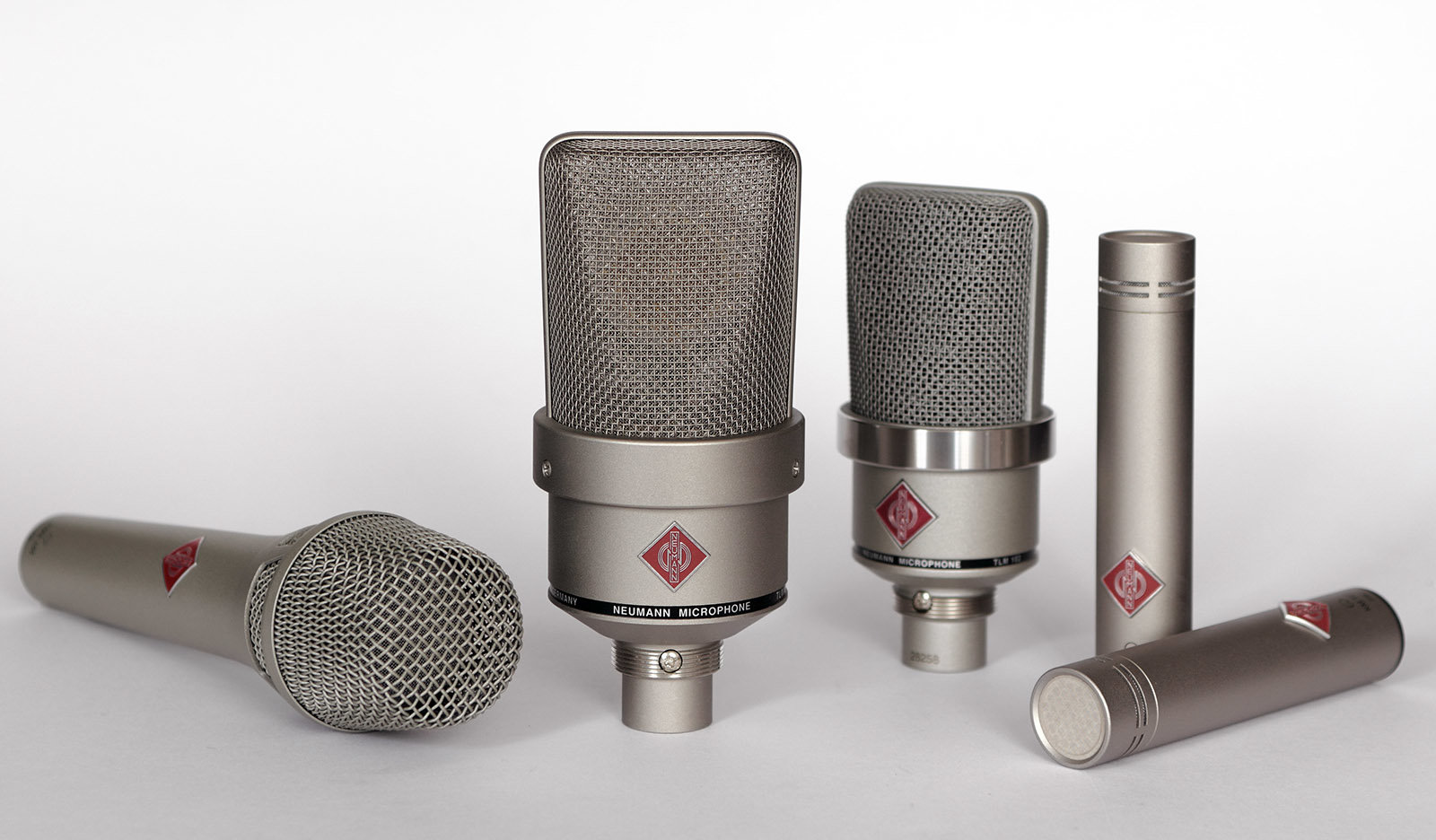
Condenser microphones rely on a specially designed capacitor† to transduce sound into AC voltage. A capacitor is an electronic component that consists of two conductive plates separated by a non-conductor. Most capacitors are designed to have one single, stable capacitance value. A condenser mic capsule, though, is designed so that its capacitance will vary when influenced by sound.
Instead of two fixed plates, a condenser mic capsule has a conductive metal backplate and a conductive diaphragm. As the diaphragm moves closer to (or further from) the backplate in response to sound, the capsule’s capacitance changes. Since it’s possible to translate this change in capacitance into a change in voltage, we have the basis for a very effective microphone!
Condenser microphones have many advantages. Their high sensitivity is beneficial when recording quiet or distant sources. Low diaphragm mass allows transients and high-frequencies to be captured with superior extension and detail. Versatility is another strength — condensers can possess any polar pattern (often within the same microphone), and can create great recordings of nearly any type of source.
Although more rugged than most ribbons, a typical condenser is usually a little bit more fragile than a typical moving-coil dynamic. The best condensers are also very expensive, and inexpensive examples often don’t perform very well for music recording. In live applications, their high sensitivity must be handled with care to avoid feedback problems.
Unlike coils and ribbons, a condenser capsule must be electrically polarized, which requires external power‡. Most modern condensers rely on phantom power, a +48v source applied to the mic line itself, but tube condensers will require a bulky external power supply and specialized, expensive cable.
Condenser mics require internal electronics to convert the low output and extremely-high impedance of the capsule into something that will better interface with the mic preamp. These electronics can overload when the microphone is placed near loud sources, and some condensers have a switchable pad to compensate for this. The mic’s circuit and pad can both vary in quality.
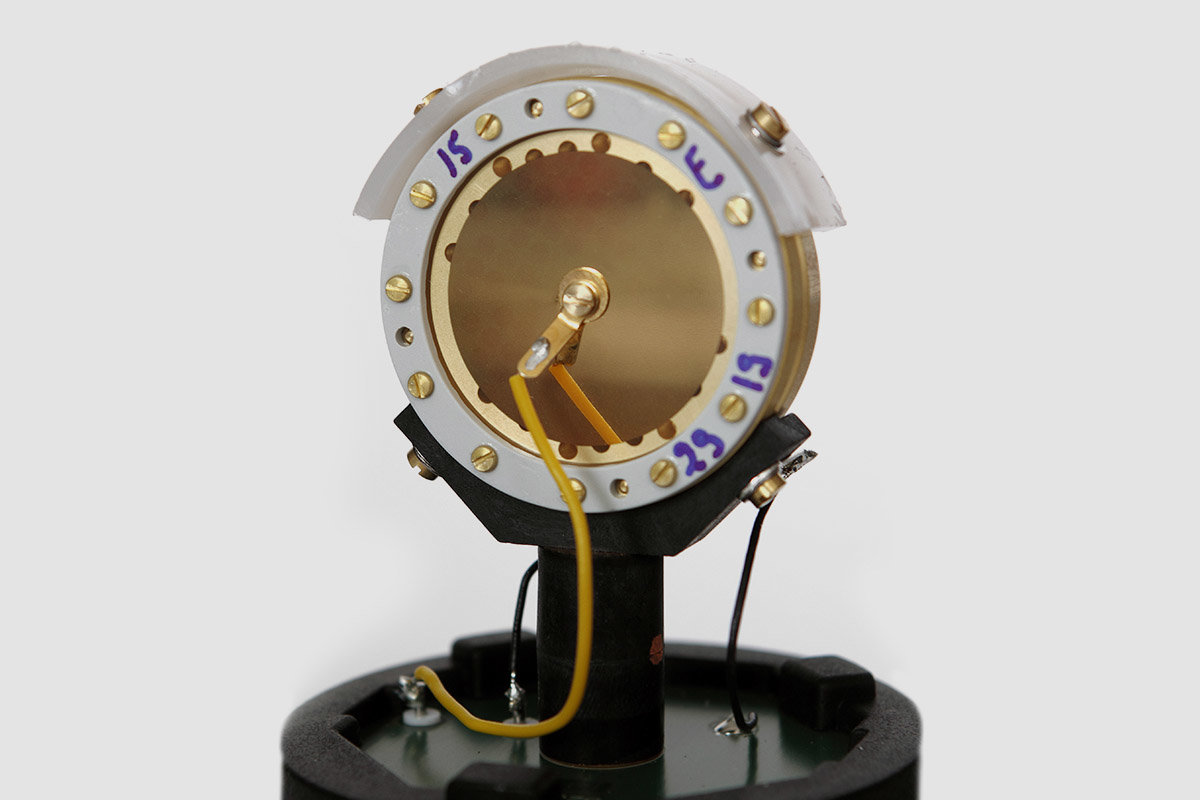
This K870 condenser microphone capsule is used in the industry-standard U87Ai. It has two mylar diaphragms, each sputtered with an extremely thin layer of gold (only a few Angstroms thick) to make it conductive. Two conductive backplates are machined with carefully tuned holes in order to optimize frequency and polar response. Image sourced from Neumann.
Condensers are broadly divided into “large diaphragm” and “small diaphragm” types. Each has advantages. The principal technical advantage of a large diaphragm is better signal-to-noise ratio. Small diaphragm condensers, as a generalization, can more closely approach theoretically ideal pickup patterns.
Beyond these technical concerns, though, large- and small-diaphragm condensers behave in somewhat different ways, and over time you will gain a feel for the differences between them. It’s probably no coincidence that the vast majority of vocals are recorded on large diaphragm condensers, nor that orchestral recordings often make use of small-capsule mics — but exceptions abound. There are certainly no hard and fast “rules.”
With condensers, any pattern — omni, figure-of-eight, cardioid, and anything in between — can be achieved with excellent results. Many use back-to-back capsules (or two diaphragms on a single backplate) to achieve multiple patterns§.
Examples
Commonly seen multi-pattern large diaphragm condensers include the Neumann U47, U67, U87, and M49; the AKG C12 and C414; the Telefunken ELA-M 251; and countless others. Popular and classic small-diaphragm condensers include the Neumann KM84 (cardioid), KM83 (omni), and KM86 (multipattern); the Schoeps M221b (multi-pattern with switchable capsules); the AKG C451 and C452 (multi-pattern with switchable capsules), and countless others.
I Can’t Give Everything Away
There are other technologies — carbon microphones, variable reluctance transducers, piezo crystals — and even mics that combine multiple technologies (like the ancient Western Electric 639b and its wild hybrid moving-coil-plus-ribbon design).
Even the widely used types are complex tools, though, and only through firsthand experience will you truly begin to grasp their strengths, weaknesses, and your personal preferences. But hopefully, you’re now equipped to make some educated guesses as you get started trying out and using different types of mics.
Don’t stop here!
Continue learning with hundreds of lessons on songwriting, mixing, recording and production, composing, beat making, and more on Soundfly, with artist-led courses by Kimbra, Com Truise, Jlin, Kiefer, and the new Ryan Lott: Designing Sample-Based Instruments.
—
Notes
* The rear isn’t hermetically sealed, however — the mic must be able to equalize long-term variations in atmospheric pressure.
** The rear lobe of a velocity microphone has inverse polarity from its front lobe. Combining the bidirectional pattern with an omni pattern, then, reinforces one side and causes a cancellation, or null, at the other. This creates the cardioid characteristic.
† The word “condenser,” in fact, is simply an antiquated/obsolete synonym for “capacitor.” When capacitance was first discovered, it was described as a “condensation” of electric charge. As terminology became more precise, “capacitor” became the favored term. Continued use of the term “condenser microphone” (as opposed to the more modern “capacitor microphone”, which is heard occasionally) is a matter of tradition — nothing more.
‡ Electret condensers are permanently polarized and therefore circumvent the need for a high-voltage capsule polarization, albeit with some tradeoffs. Electret condensers are common in portable consumer electronics.
§ When a condenser has two diaphragms: If the front diaphragm is electrically connected but the rear is disconnected, a cardioid pattern is created (owing to the acoustic influence of the rear diaphragm). If front and rear diaphragms are both electrically connected, but with opposite polarity, a bidirectional pattern results. Front and rear diaphragms connected with like polarity approximates an omnidirectional characteristic, though omni achieved in this way is a compromise, and will be somewhat imperfect when compared to a true pressure omni. Varying the output of one or both diaphragms can create various intermediate patterns.
